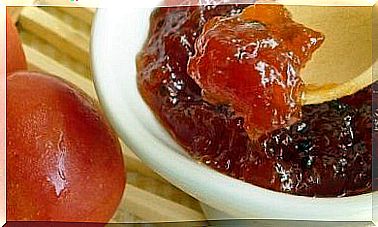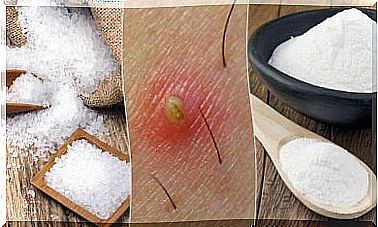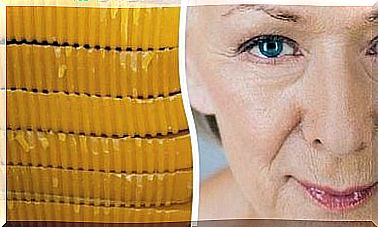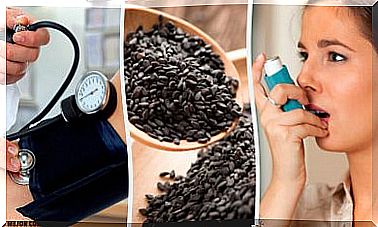Natural Remedies For Healing Wounds
Wounds can be caused by a cut, scratch or fall. These are all those marks caused by small household accidents or when we carry out all types of activities, from working with cutting tools to sewing or cooking. They are often caused by a lack of attention on our part.
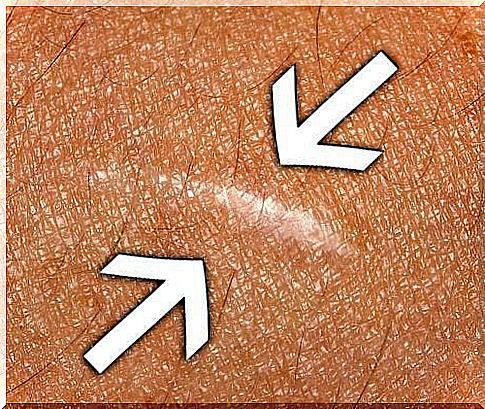
In this article, we’ll walk you through the best natural remedies to heal wounds faster.
Why do sores appear?
Wounds are lesions of the skin caused by various factors. As soon as they occur, the body starts a natural healing process, by increasing the production of a substance called collagen.
The problem is, some people can take a long time to heal. Some population groups are more susceptible than others to skin injuries.
This could be due to several factors:
Age
The blood circulation is less and less efficient with age, which causes a lack of oxygenation of the cells. They therefore have more difficulty in healing. In addition, tissues lose their elasticity and tension over time.
The stress
When a person suffers from this disorder so common today, their body secretes corticosteroids, substances that alter the DNA (makeup) of cells.
This means that stress prevents our cells from properly performing all of their functions, including healing. This is because they don’t produce all the collagen they should, and the tissue repair process becomes much slower.
Medication
Drugs that cause the body to secrete corticosteroids are particularly involved. There are also those prescribed for hives, as are blood thinners and anti-inflammatory drugs.
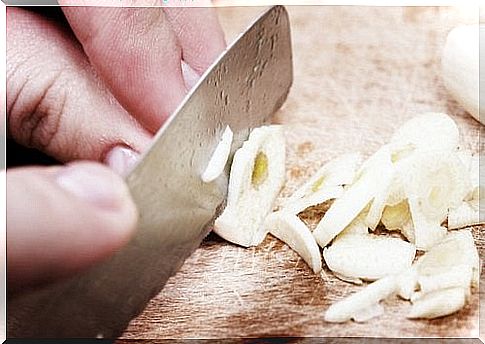
Metabolic diseases
These are diabetes, obesity, cholesterol and high blood pressure. These pathologies prevent the body from correctly producing collagen, which is responsible for “filling in” the wound on the skin.
The tobacco
Smoking cigarettes causes blood circulation problems. Nicotine narrows the arteries and therefore less blood flows into the organs. The less oxygen, the less collagen.
Those who smoke must reduce their consumption on certain days of the week, before undergoing surgery or undertaking “dangerous” work, for example.
Nutritional deficiencies
In order for the body to produce collagen, it needs “raw materials”, ie vitamins A and C, as well as zinc.
It is advisable to regularly consume foods that contain it, such as papaya, kiwi, carrot, guava, lemon, orange and grapefruit, which will help heal wounds faster.
It is also important to consume the proteins that are contained in dairy products, eggs, white meats, soybeans and beans.
Home remedies to heal wounds
Garlic
It is a food that allows wounds to heal more quickly. This ability is due to its antibacterial properties, which protect against infections.
If you decide to use it, we recommend that you apply it to your skin with care, as it may cause irritation.
Its juices are indeed very powerful. Do not leave a garlic clove on your skin for more than 20 minutes, and if you feel it burning a lot, remove it immediately.
You can mix three cloves of garlic with a glass of wine, then mix everything before letting this remedy sit for two hours.
Once this period of time has elapsed, you can apply this remedy to your wound, which you will have previously cleaned and dried. Repeat this twice a day.

Honey
Germs are attracted to this food produced by bees. This effect which occurs in beehives also occurs with human skin wounds. Honey dehydrates pathogens, and leaves the skin clean, free from infections.
Once you have thoroughly disinfected and dried your skin, apply a little honey on it, then put on a sterilized gauze. Let your skin completely absorb the substance before removing the gauze.
White vinegar
Put a spoonful of white vinegar in a liter of water. With this mixture, clean the scabs that form on your wound, to eliminate bacteria and clean your skin thoroughly.
It may sting slightly, but this is completely normal.
Onion
Onion is similar to garlic in terms of its compounds and properties, with the notable difference that it does not irritate the skin. Put half an onion in the bowl of your blender, with a spoonful or two of bee honey to heal your wounds faster.
Apply everything to the wound to be treated, and leave to act for at least half an hour. Repeat this three times a day until healing.

Plantain leaves
They are known in natural medicine for their anti-inflammatory properties.
Crush a few leaves of this plant to obtain a juice or a kind of paste, then apply it directly to the wound, at least once a day.
The aloe vera
This plant is a fabulous natural remedy for healing wounds. It is also effective against burns. Take a stem from the plant, then cut it in half. Remove the gel, then apply it directly to your skin.
Let your epidermis absorb your skin, then repeat the operation several times a day.
Aloe vera will relieve the pain immediately, and in no time your sore will have healed.
Homemade smoothies to heal wounds
- Mix half a cup of papaya, a cup of blueberries, half a cup of mango juice and half a cup of plain yogurt. Drink this smoothie every morning on an empty stomach.
- Mix a slice of melon, half a cup of carrot juice, the juice of an orange and that of a lemon. Drink this smoothie every day.
- Mix half a cup of strawberries, a glass of orange juice and 120 ml of guava juice. Mix everything well and drink it every morning for breakfast.
- Mix two peeled kiwis, half a cup of plain yogurt and two tablespoons of honey. Drink this smoothie every day.



